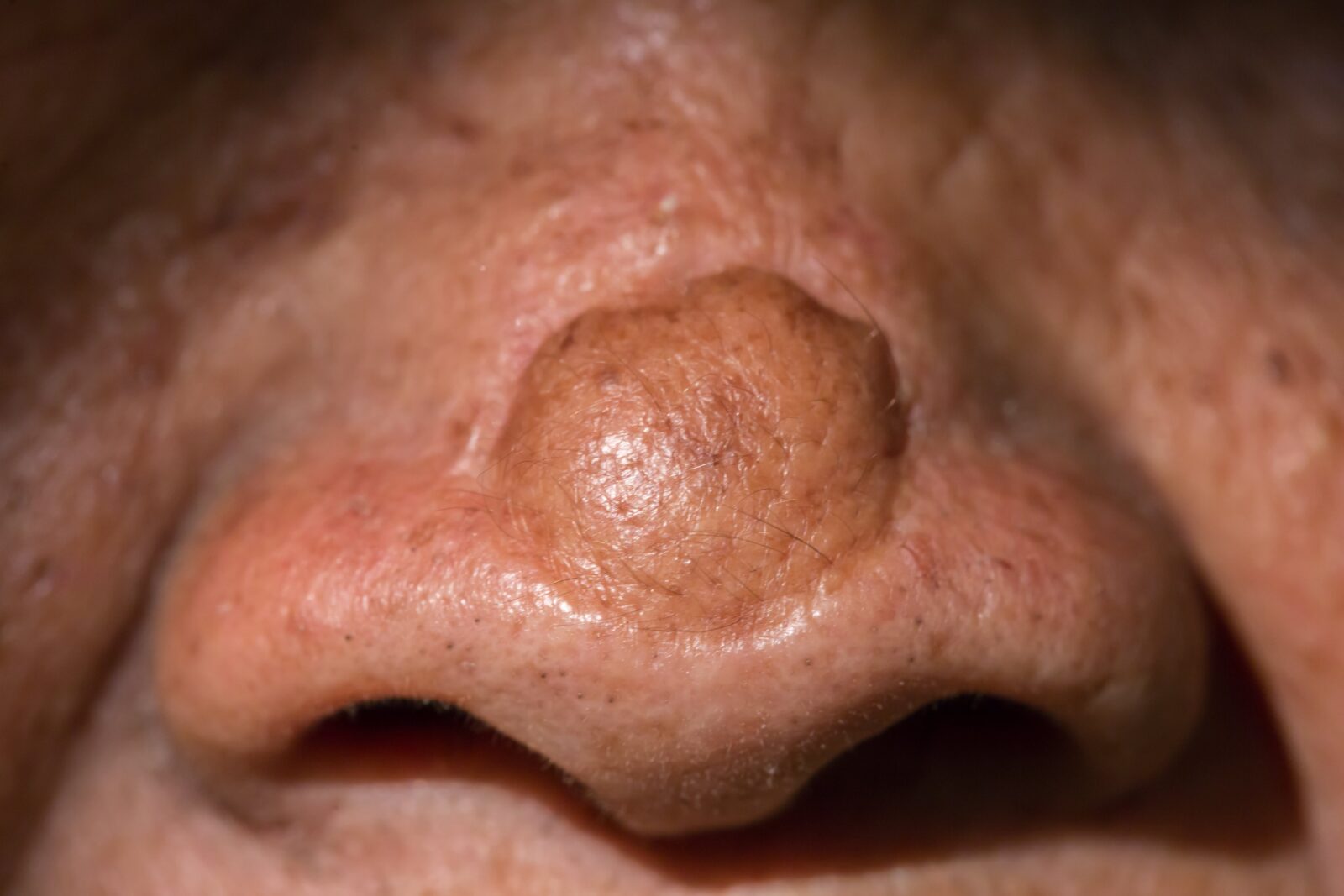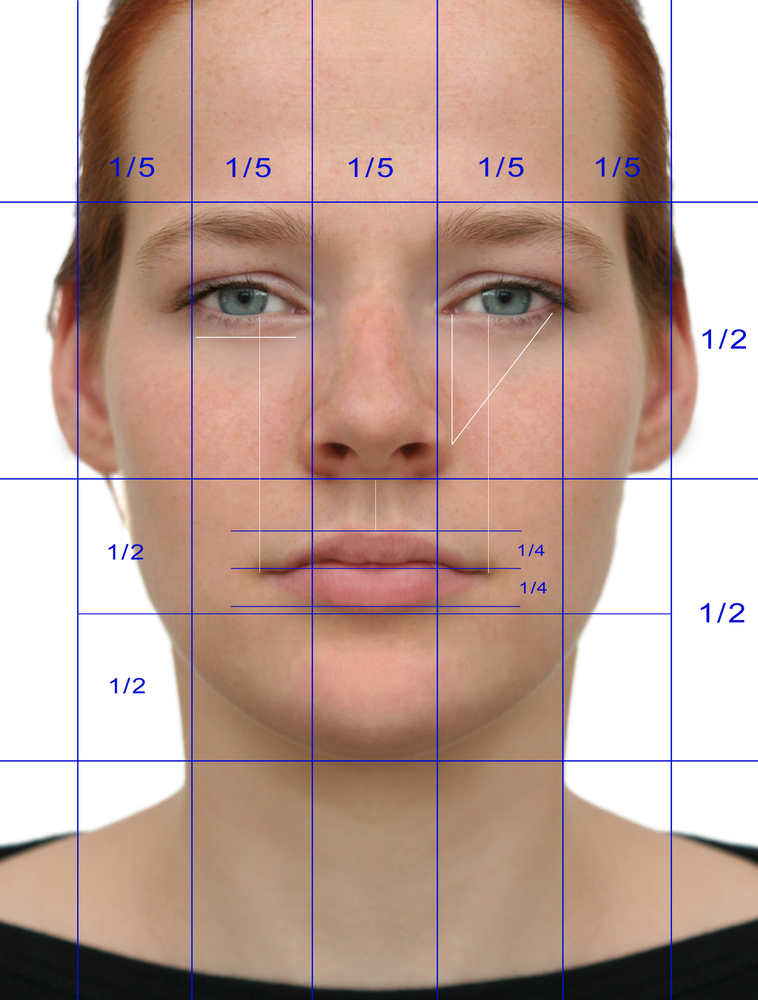In the realm of modern medicine, advancements in surgical techniques have revolutionized the field of reconstructive surgery. Microvascular free tissue transfer, also known as free flap surgery, is a remarkable surgical procedure that has transformed the way complex reconstructions are carried out. This innovative technique allows surgeons to restore form and function to areas affected by trauma, cancer resections, or congenital defects by transferring healthy tissue from one part of the body to another. In this blog, we will delve into the world of microvascular free tissue transfer, exploring its intricacies, applications, and benefits.
Understanding Microvascular Free Tissue Transfer
Microvascular free tissue transfer is a surgical procedure that involves the transplantation of a section of tissue, complete with its own blood supply, from one part of the body (the donor site) to another (the recipient site). The term “microvascular” emphasizes the delicate nature of this procedure, as it requires the meticulous connection of tiny blood vessels, typically arteries and veins, under a microscope to ensure proper blood circulation at the recipient site. This is essential for the survival and integration of the transferred tissue.
There are many benefits including:
- Improved Aesthetics: Microvascular free tissue transfer allows for precise reconstruction, resulting in natural-looking outcomes and minimal scarring.
- Restoration of Function: This technique can restore lost or impaired function to areas affected by trauma or disease, improving patients’ quality of life.
- Reduced Complications: The reestablishment of a vascular blood supply minimizes the risk of tissue loss, infections, and complications associated with grafts.
- Enhanced Healing: The transfer of healthy tissue promotes faster wound healing and reduces the chance of wound breakdown.
The Key Steps of Microvascular Free Tissue Transfer:
Preoperative Planning:
The process begins with a thorough evaluation of the patient’s condition and the identification of the best donor site. Donor site selection is crucial to ensure tissue compatibility with the recipient site.
Tissue Harvesting:

Once the donor site is selected, the surgeon carefully removes the chosen tissue, ensuring it includes the necessary blood vessels. Common donor sites include the forearm, thigh, abdomen, and buttocks.
Vessel Preparation:
The harvested tissue’s blood vessels are prepared by carefully trimming and suturing them. This is essential for successful vascular anastomosis, where the blood vessels are connected to those at the recipient site.
Reconstructive Transfer:
The harvested tissue, known as a “free flap,” is transferred to the recipient site. This can be a complex process, depending on the anatomical location and size of the defect.
Vascular Anastomosis:
The most critical step in microvascular free tissue transfer involves connecting the blood vessels of the free flap to those at the recipient site. This connection is performed under a microscope using sutures as fine as human hair.
Tissue Insetting:
After the blood supply is successfully restored, the free flap is carefully molded and sutured into place to reconstruct the damaged or missing tissue.
Applications of Microvascular Free Tissue Transfer
Microvascular free tissue transfer has a wide range of applications, making it an indispensable tool in reconstructive surgery:
- Trauma Reconstruction: It is used to repair defects resulting from traumatic injuries such as severe burns, car accidents, or gunshot wounds.
- Cancer Reconstruction: Microvascular free tissue transfer plays a crucial role in post-cancer surgery, helping to restore appearance and function following tumor resections, especially in cases of head and neck, breast, or limb cancer.
- Congenital Defects: It is employed to correct congenital anomalies such as cleft lip and palate, microtia, or hand malformations.
- Chronic Wounds: Microvascular free tissue transfer is used to treat non-healing wounds, often seen in patients with diabetes or vascular disease.
Conclusion
Microvascular free tissue transfer is a remarkable advancement in the field of reconstructive surgery, offering hope to patients facing complex tissue defects. With its meticulous surgical techniques and the ability to restore both form and function, this procedure has revolutionized the way we approach reconstruction after trauma, cancer, or congenital anomalies. As technology continues to advance, we can expect further refinements in microvascular free tissue transfer, ensuring even better outcomes and improved patient experiences in the future. For more information, schedule a consultation with one of our free tissue transplant specialists.








